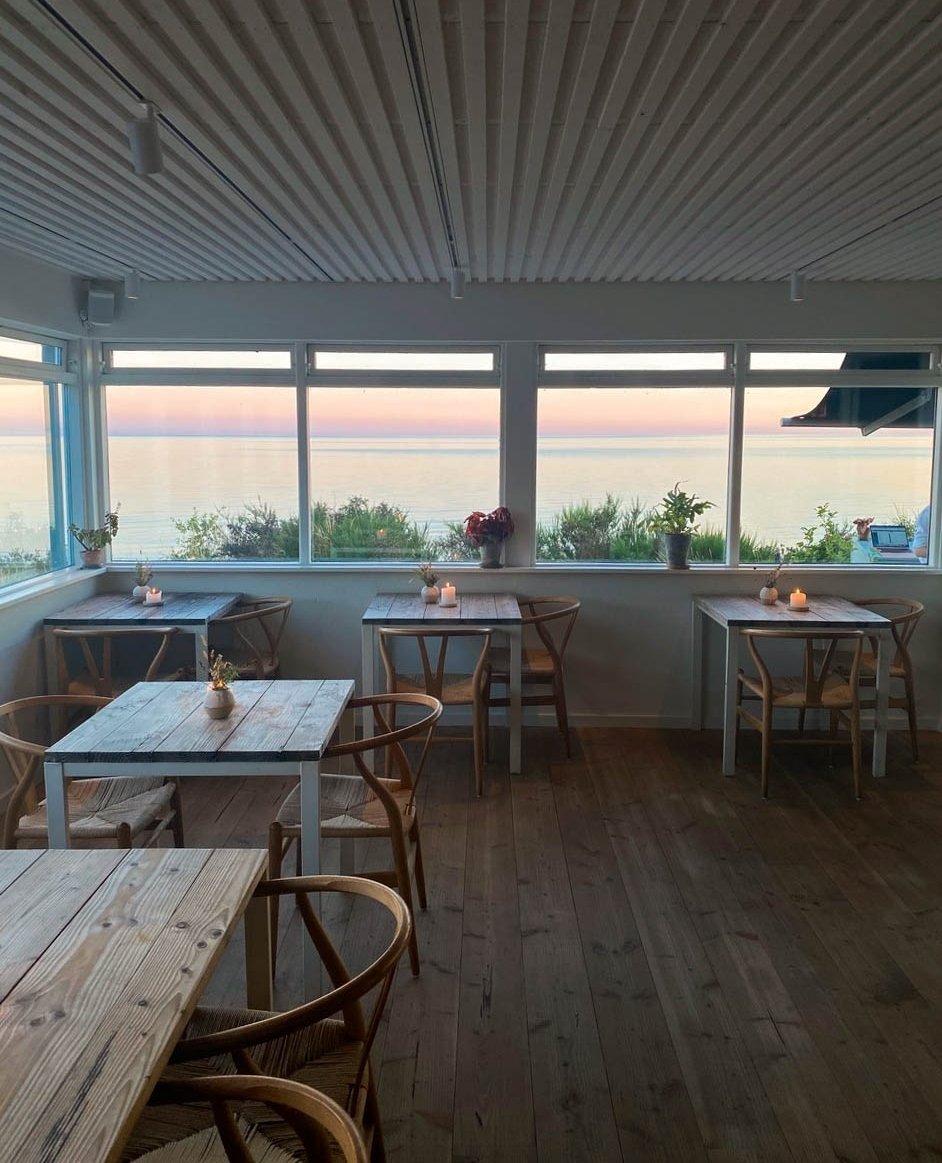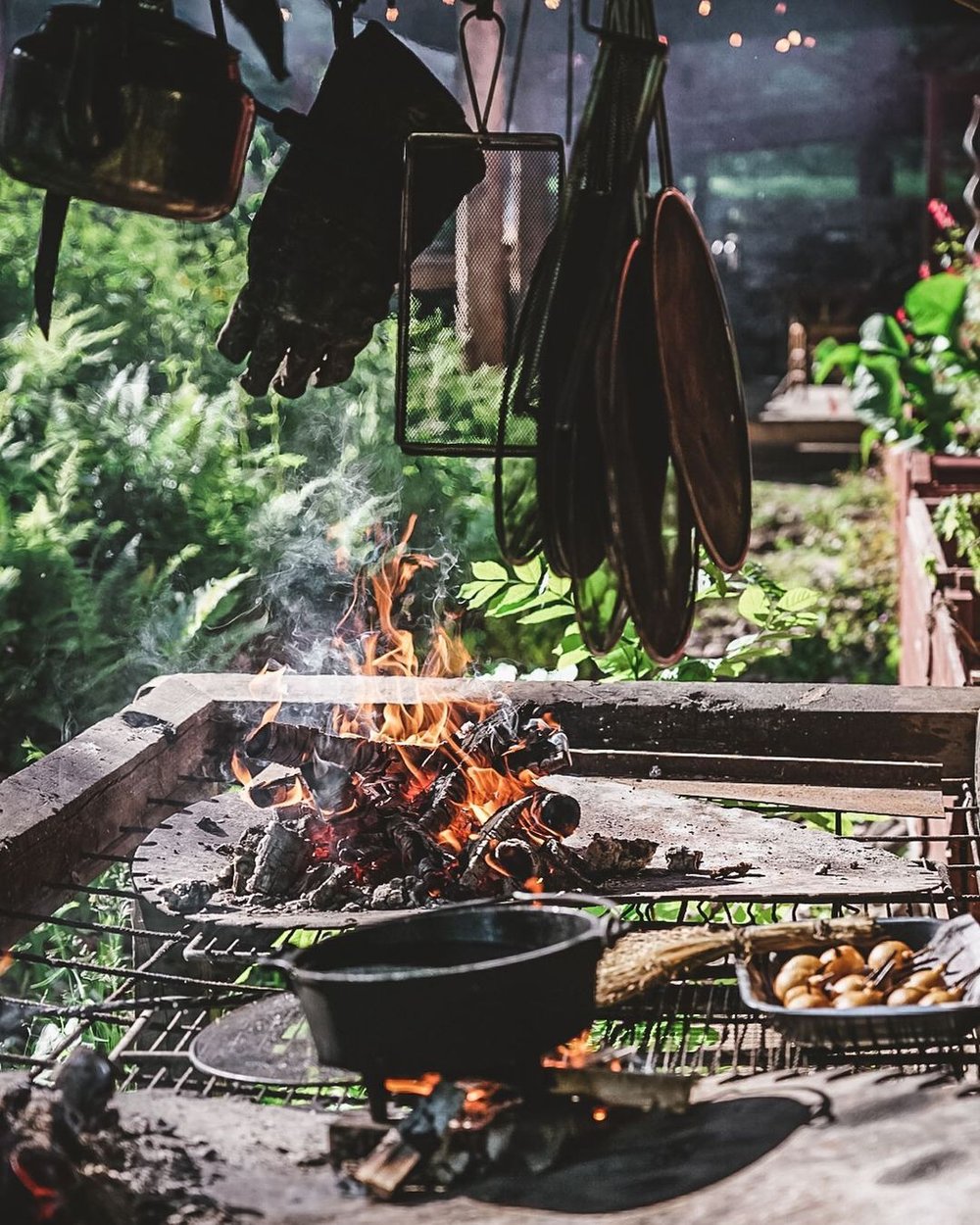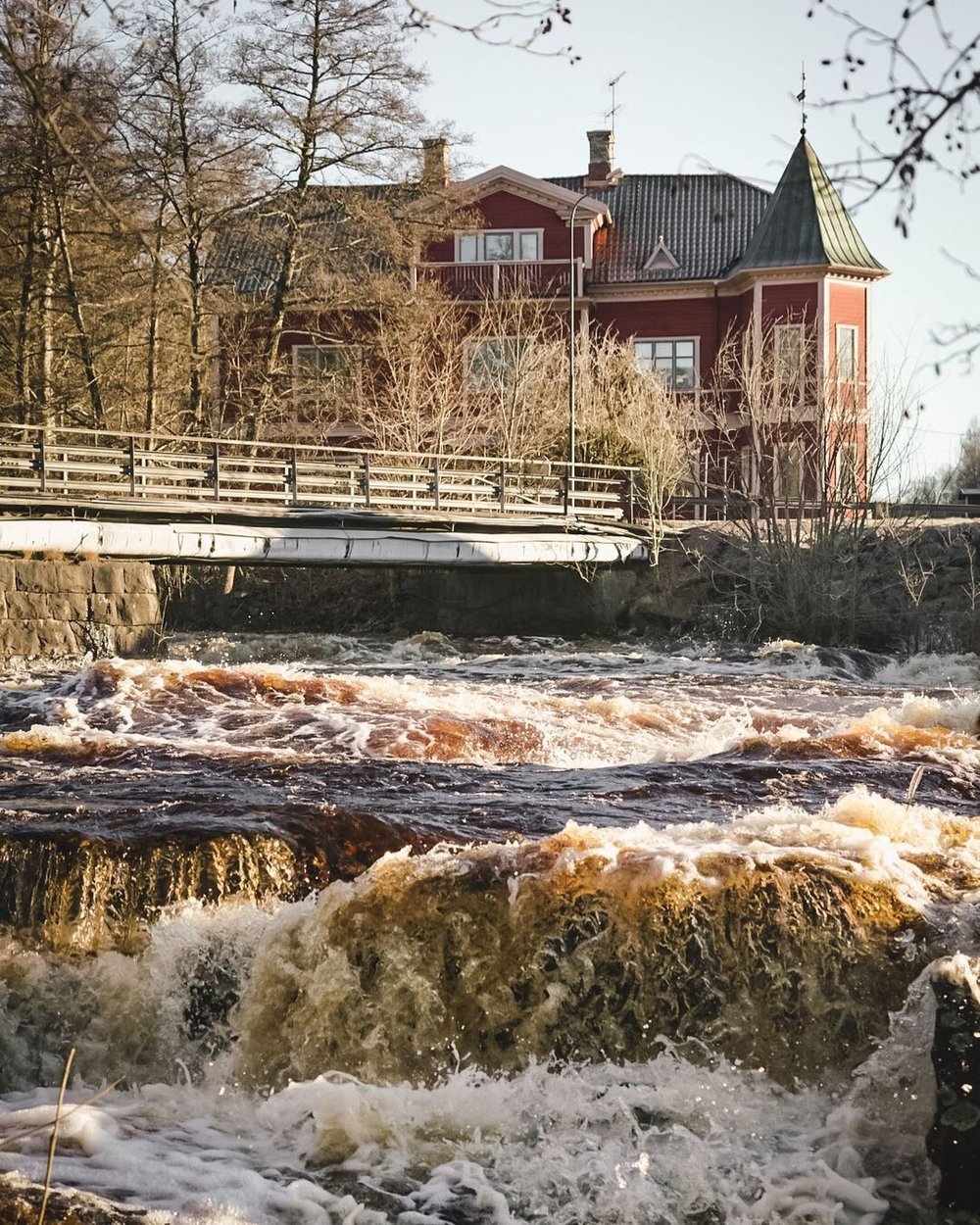5 Destination Restaurants to Discover This Year
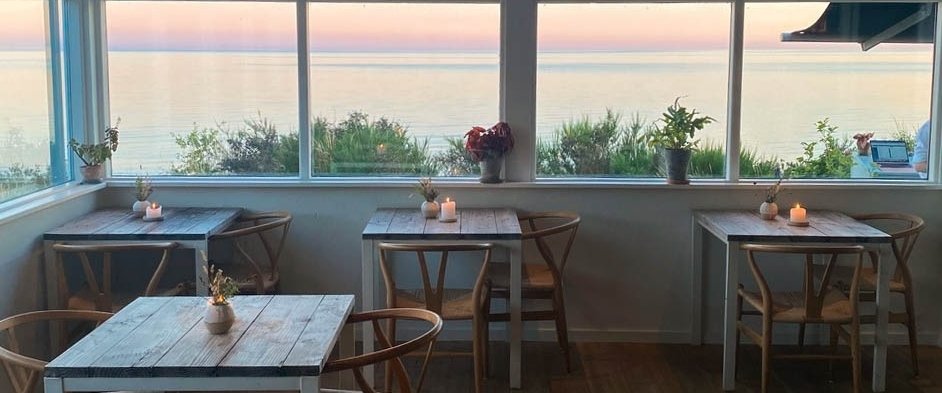
From the peaceful charm of the European countryside to the dynamic beauty of South America, these five exceptional dining experiences offer more than just incredible food—they promise a journey through breathtaking landscapes and a deep connection to nature. Each restaurant, set in its own unique location, champions the perfect blend of tradition, innovation, and sustainability. Whether it’s the rustic elegance of a European farmstead or the vibrant essence of South American terrain, these dining spots invite you to savor their commitment to ethical practices while immersing yourself in unforgettable natural surroundings.
Restaurant Kadeau
On the Danish island of Bornholm, overlooking the Baltic Sea, sits the beachside restaurant Kadeau. The summer heat is stored in the rock formations, keeping the weather warm until October. This climate allows a local variety of the common fig, known as Bornholm’s Diamond, to grow locally. These figs are highly appreciated by the only Michelin-starred restaurant on the island and the only Michelin-starred restaurant outside Copenhagen.
Kadeau Bornholm, established in 2007, is located on the sandy beach of Øster Sømarken at the southernmost tip of the island. It was founded by childhood friends Nicolai Nørregaard, Rasmus Kofoed, and Magnus Klein Kofoed, all natives of Bornholm.
The restaurant's kitchen garden, which started in 2012, now includes two greenhouses and supplies both the Bornholm and Copenhagen sister restaurants with fresh herbs, fruits, vegetables, and honey during the warmer months. The Bornholm location is only open during the summer.
A significant part of the restaurant’s work involves preservation during the fruitful summer months. They employ about 50 different preservation techniques, including salting, pickling, fermenting, and drying, resulting in approximately 15 tons of preserves. Meanwhile, the menu features exceptional raw scallops, oysters, and Norwegian fjord shrimps.
A journey to Kadeau Bornholm begins by reaching the city of Rønne, which can be accessed by road or by air. The restaurant is a 23-minute drive from Rønne.
Recently, the restaurant launched an Eco Beach Camp at Balka Beach, just a 10-minute drive from Kadeau Bornholm. This experience offers guests sustainable luxury and a chance to appreciate Bornholm's wild nature.
Mil
Perched at 3,600 meters above sea level, Mil Centro offers breathtaking views of Cusco’s Moray archaeological site in the Sacred Valley. This extraordinary dining destination, crafted by renowned chefs Virgilio Martínez and Pía León, provides an experience like no other, deeply intertwined with the rich cultural heritage and natural bounty of the Peruvian Andes. At Mil, every meal is a journey into the heart of Andean traditions and landscapes, continuously explored and celebrated by the dedicated Mil Centro team.
Head Chef Luis Valderrama crafts an eight-course tasting menu that captures the essence of the local environment. Guests at Mil Centro are invited to embark on a culinary journey that highlights the unique flavors of the Peruvian Andes. Additionally, visitors can explore Mil’s experimental spirit laboratory, where they can discover the innovative use of Andean medicinal plants, native herbs, and other high-altitude ingredients, all thoughtfully developed by in-house beverage researcher Manuel Contreras.
In addition to the tasting menu, the restaurant offers an "IMMERSIONS" experience. This includes a visit to their farmlands, a search for endemic plants, an interactive look at Mater activities, and meetings with local figures who impact their projects.
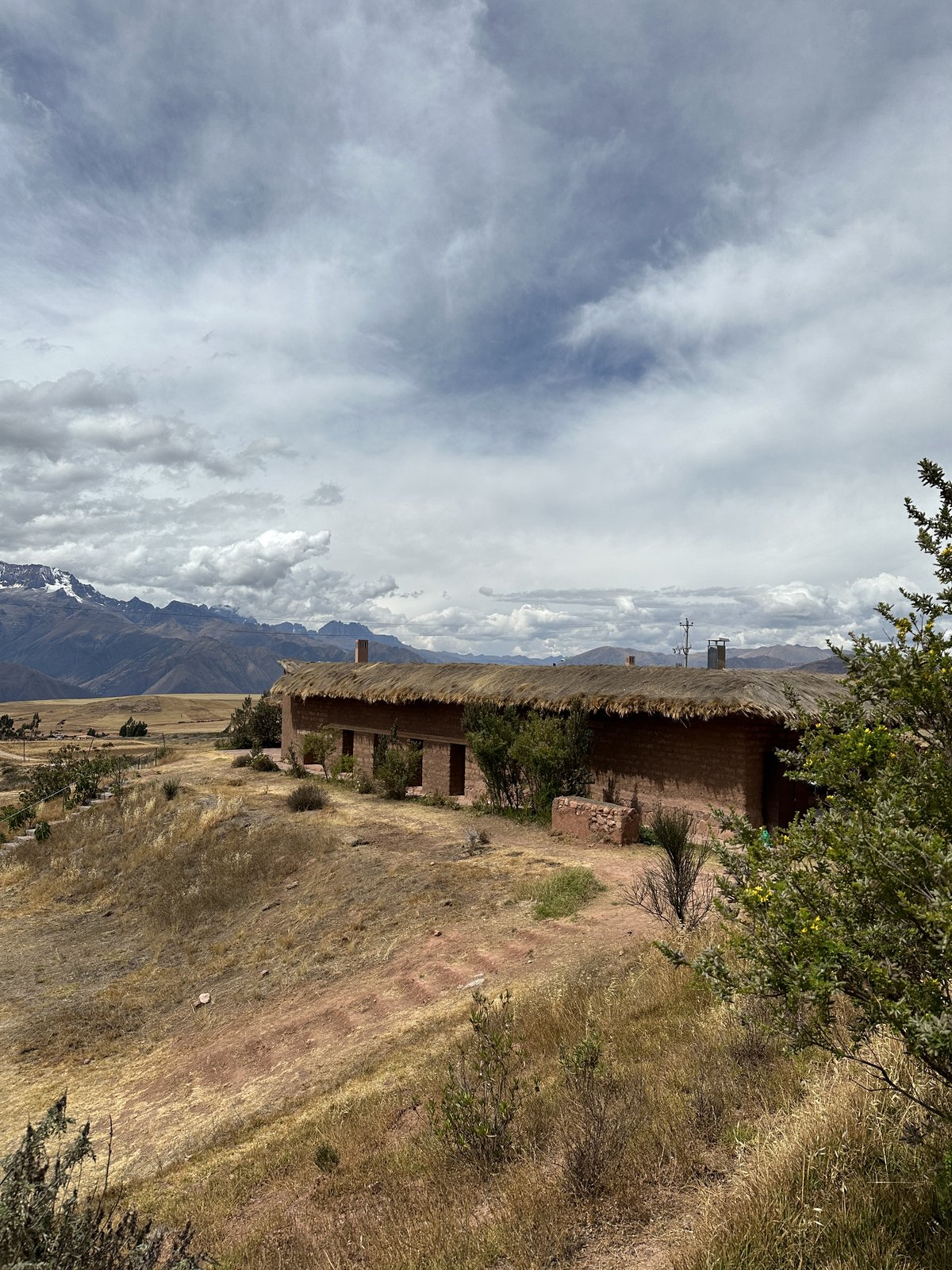
Borago
It wouldn't be an exaggeration to say that Chef Rodolfo Guzmán has put Chile on the global culinary map. Boragó currently stands at number 29 on the list of the World’s 50 Best Restaurants. Dining at Boragó is akin to exploring Chile's diverse regions, from the Pacific Coast to the Patagonian landscapes and the Atacama Desert, all through the exclusive use of native Chilean ingredients. Chef Guzmán trained in the Basque Country at the renowned restaurant Mugaritz before returning to Chile and opening Boragó in 2006. For more than a decade, he has been at the forefront of exploring and valuing Chile's diverse biodiversity. His work experiments with endemic plants and incorporates knowledge from indigenous Chilean tribes who have been stewarding the land for thousands of years.
The restaurant is located at the foot of Cerro Manquehue (Place of Condors in Mapudungun, Mankewe), a prominent natural landmark in Santiago.
Boragó offers a unique culinary experience deeply tied to its surroundings. On the menu is a pure joy to explore Chile’s endemic species that Guzmán contextualizes and presents using modern cooking techniques, sometimes playing with traditional foundations. The menu might feature sea strawberry, giant squid from the coasts of the Pacific, Kollof seaweed reaching up to 15 meters, dried and roasted seaweed from the Chilean coastline, rock vegetables, native wild plants from Patagonia, rare mushrooms, and carabinero shrimp as long as a forearm, cooked on Chilean embers. His most recognizable dish is the lamb cooked "a la inversa" on a spit, overturning the traditional rules of preparation in Chile.
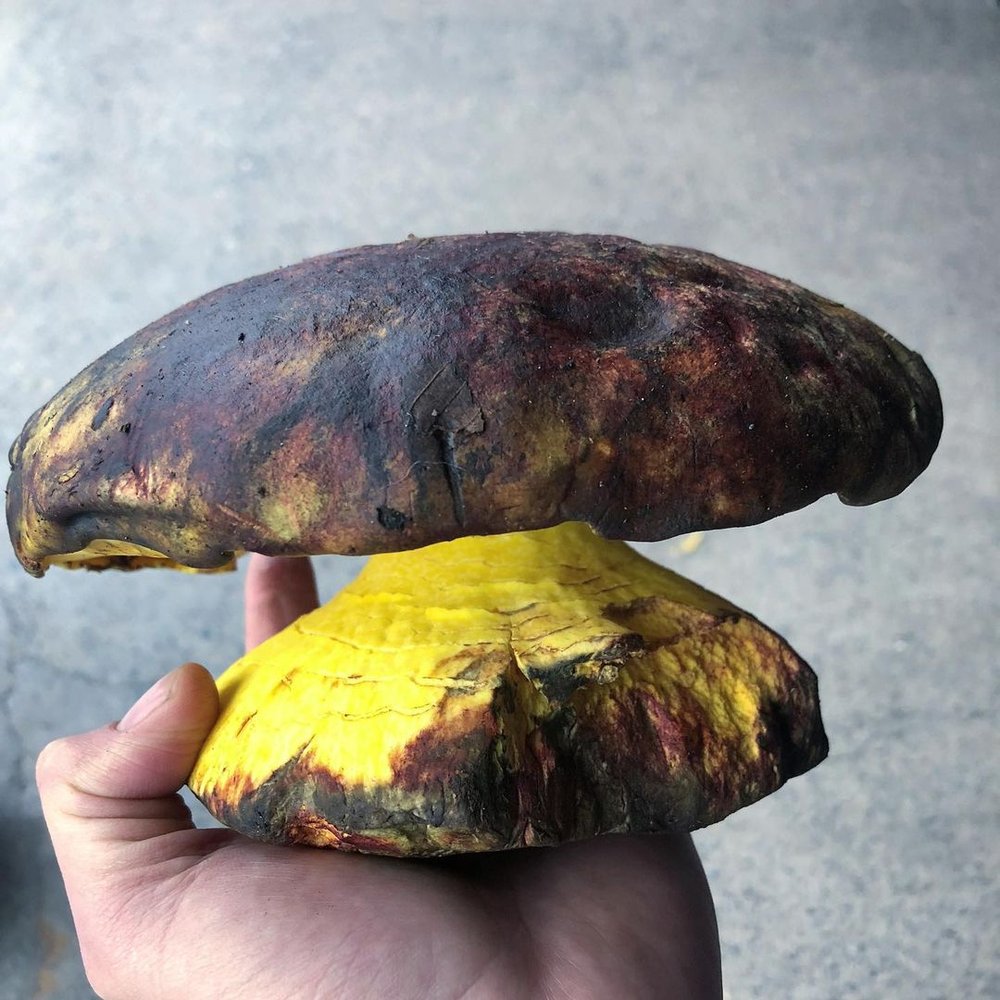
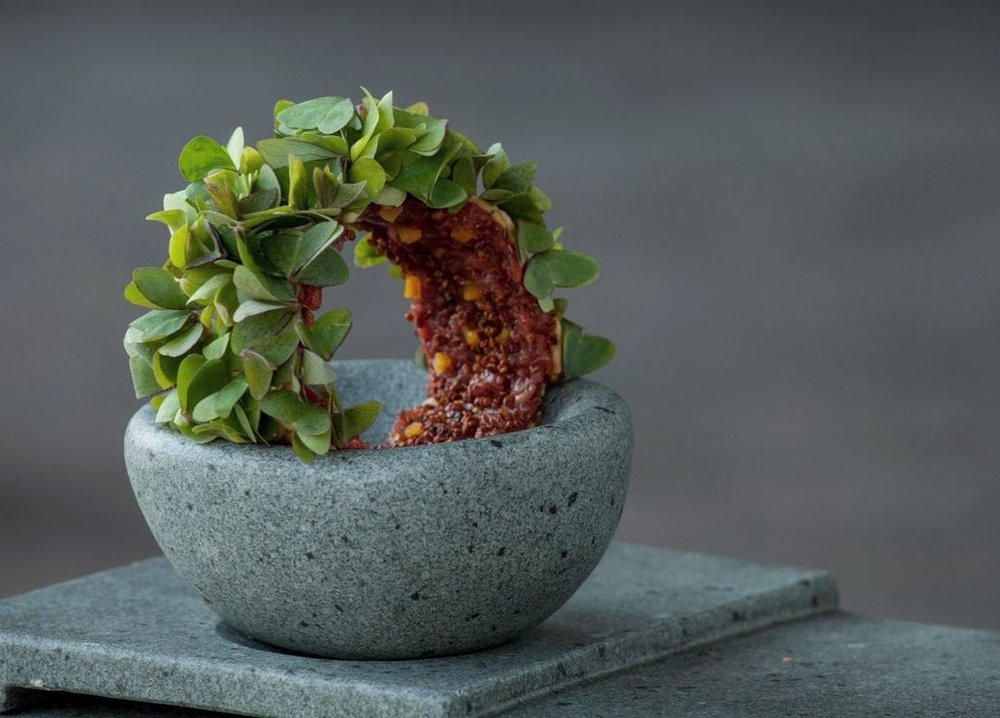
Before opening the stunning farmhouse restaurant on the historical grounds of the Château de Saint-Vrain, two passionate Australian chefs-turned-part-time gardeners spent six years renovating the space. Located just 40 km from Paris, this tranquil countryside refuge offers an escape from the city.
The duo of chef-owners, Shaun Kelly and head chef James Henry, have created a self-sufficient system sustained by their lush potager. Imagine an appetizer of baby heirloom carrots with fermented chili, young courgette, cornichons, juicy leaves with various berries, and icicle radishes surrounding crispy broccoli tempura in bagna cauda. This dish, changing with microseasons, has already become a signature.
Also on the menu is Doyenné pork, grown and prepared in-house. Staying overnight at Le Doyenné offers the added delight of a chic rustic breakfast featuring wonderful local ingredients.
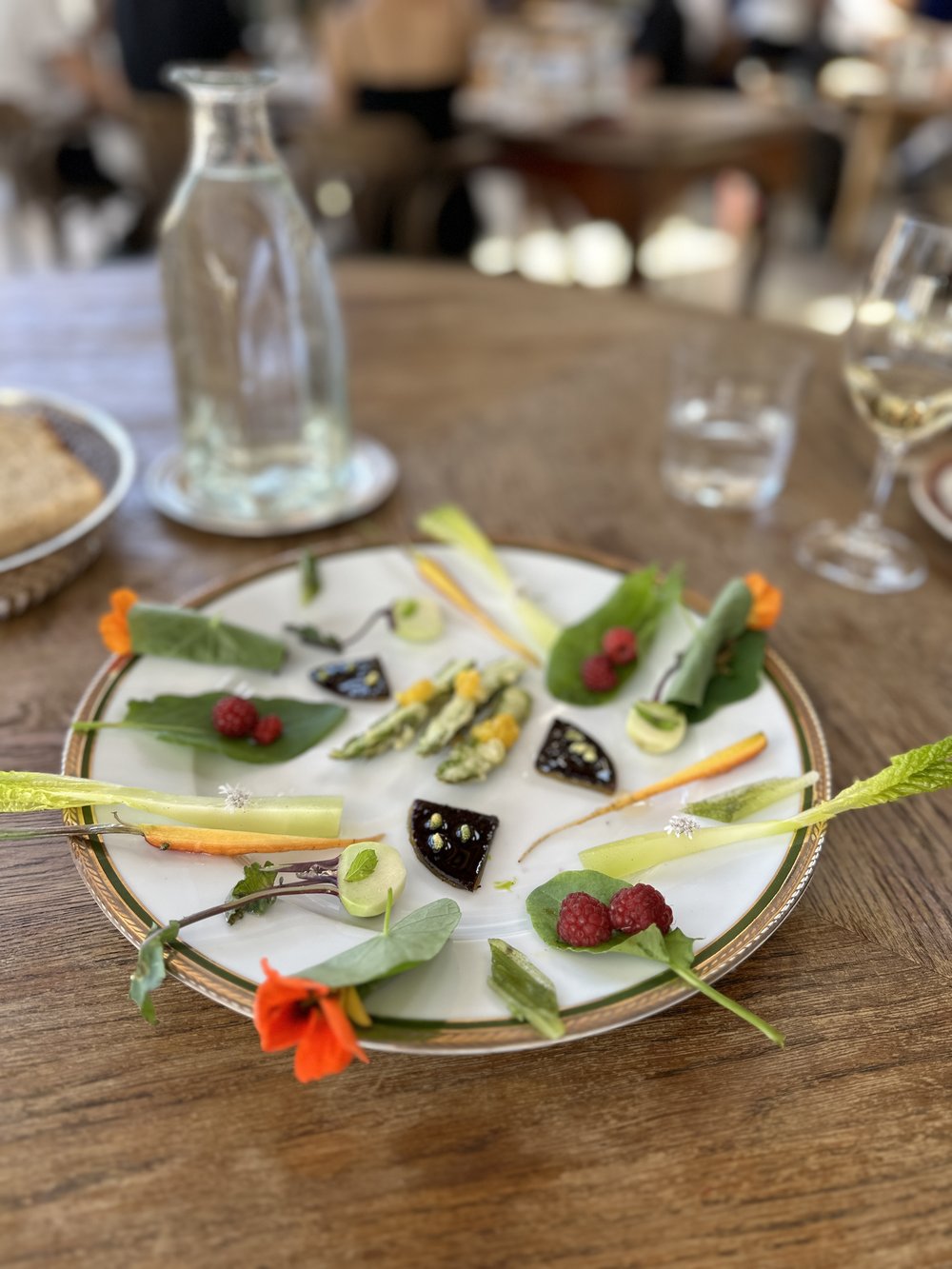
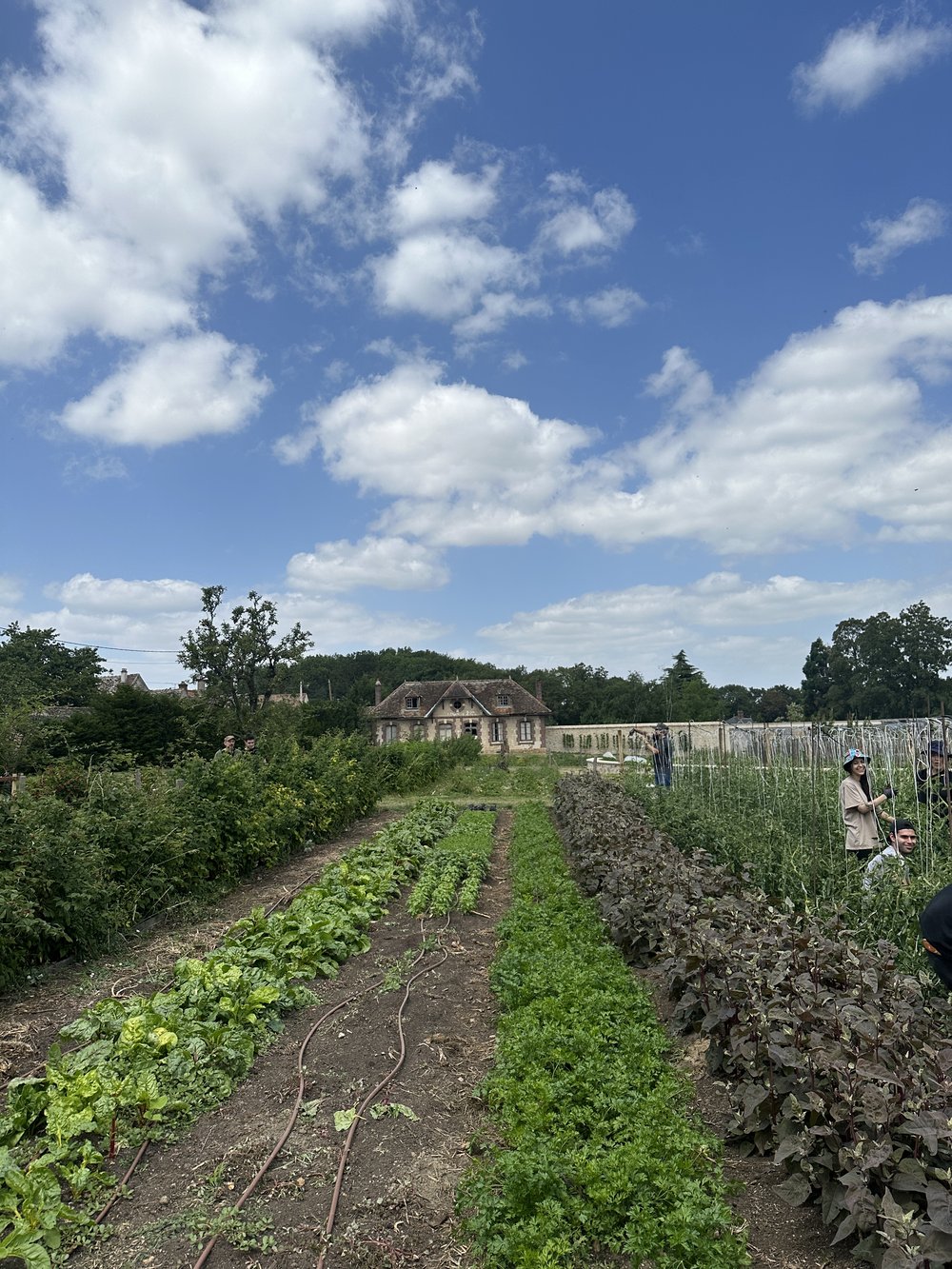
Knystaforsen
An old sawmill by the rippling Nissan River, surrounded by pristine forests, is where Eva and Nicolai Tram created their home and restaurant. In 2017, they sold everything and moved with their two children to Rydöbruk in Halland County, Sweden, where Nicolai launched the catering service "Knystaforsen."
The couple cooks over flames and embers outdoors, using what the nearby nature offers, such as river and lake fish, foraged plants, and wild game, with the rest sourced from local suppliers.
Dishes include bites like fried reindeer lichen with elk tartare, hollow crispbread sticks filled with pheasant liver mousse, and flatbread cooked over an open flame with melting yogurt-whipped butter. This dining experience is built around the essence of the surrounding nature, with open-flame cooking as the centerpiece of its culinary techniques.
After the main courses, guests can witness where the magic happens during a break by a crackling fire in Nicolai's domain: the outdoor kitchen. They are then called back into the rustic-elegant and cozily decorated dining room to taste cheeses from Skrea, followed by world-class desserts, including Swedish doughnuts called krabbelurer.
The restaurant has been mentioned in the Michelin guide with one red and one green star. This lifestyle was something the Danish couple aspired to – a way of living where work integrates sustainably and maintains a balanced work-life dynamic.

